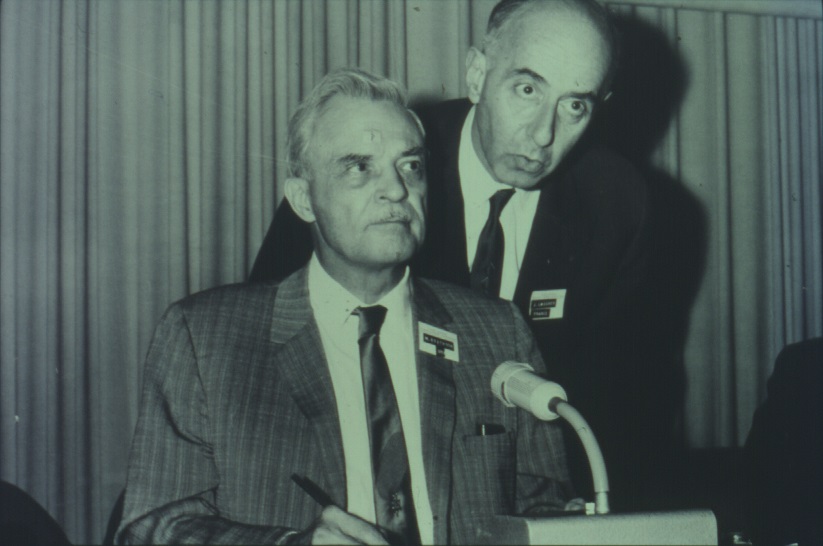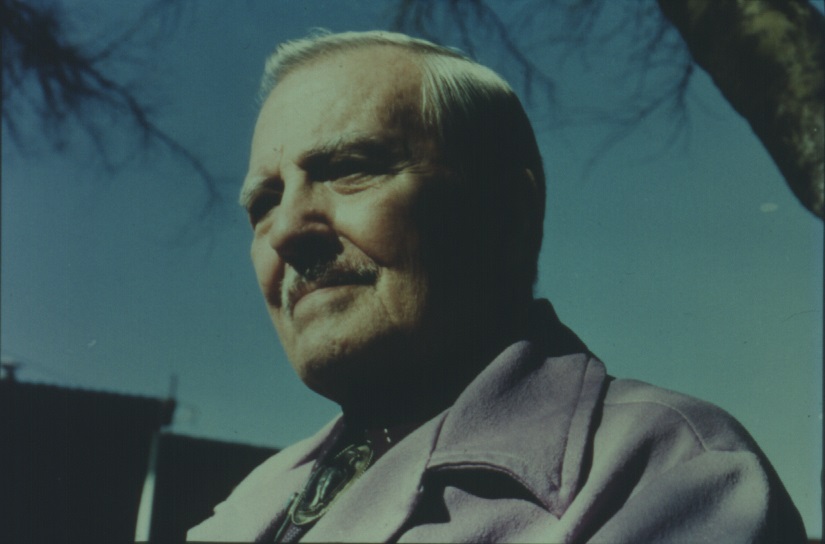Each person is a unique individual. Hence, psychotherapy should be formulated to meet the uniqueness of the individual’s needs, rather than tailoring the person to fit the Procrustean bed of a hypothetical theory of human behavior.
Milton H. Erickson

Milton Hyland Erickson was an American psychiatrist who specialized in medical hypnosis and family therapy. He was the founding president of the American Society for Clinical Hypnosis and noted for his approach to the unconscious mind as creative and solution-generating.
Dr. Erickson was plagued with enormous physical handicaps for most of his life. At age 17, he contracted polio and was so severely paralyzed that doctors believed he would die. While recovering in bed, almost entirely lame and unable to speak, he became strongly aware of the significance of nonverbal communication – body language, tone of voice, and the way that these nonverbal expressions often directly contradicted the verbal ones. He also began to have “body memories” of the muscular activity of his own body. By concentrating on these memories, he slowly began to regain control of parts of his body to the point where he was eventually able to talk and use his arms again. His doctor recommended exercising his upper body only so Milton Erickson planned a 1,000 miles canoe trip to build up the strength to attend college. His adventure was challenging, and although he still did not have full use of his legs at the end, he was able to walk with a cane.
Dr. Erickson’s career spanned more than 50 years. He conducted extensive research on suggestion and hypnosis, first as an undergraduate at the University of Wisconsin, and later throughout his medical training and during his initial professional appointments in Rhode Island, Massachusetts, and Michigan. By the late 1930s, Dr. Erickson was renowned for his work in hypnosis and eminent in psychiatric circles.
In 1948, Dr. Erickson moved from Michigan to Phoenix. In 1949, he entered into private practice in his home office, a move which was prompted in large part by medical necessity. Despite almost constant, intense physical pain and the progressive loss of mobility which led to confinement to a wheelchair in his later years, Dr. Erickson was prodigiously active.

In 1957, he and a number of colleagues founded the American Society of Clinical Hypnosis and Dr. Erickson served as the Inaugural President. He also established the American Journal of Clinical Hypnosis and served as editor for 10 years. During the 1950s and ’60s, Dr. Erickson published copiously, traveled and lectured extensively, both domestically and abroad, continued to conduct research, and was in high demand as a practicing psychiatrist. In the 1970s, restricted to his home by his physical condition, Dr. Erickson still conducted teaching seminars for professionals on an almost daily basis and continued seeing some patients. When he died on March 25th, 1980, at the age of 78, his seminars were booked through the end of that year and requests exceeded another year’s scheduling. Dr. Erickson left a written legacy of more than 140 scholarly articles and five books on hypnosis which he co-authored.
The Ericksonian approach departs from traditional hypnosis in a variety of ways. While the process of hypnosis has customarily been conceptualized as a matter of the therapist issuing standardized instructions to a passive patient, Ericksonian hypnosis stresses the importance of the interactive therapeutic relationship and purposeful engagement of the inner resources and experiential life of the subject. Dr. Erickson revolutionized the practice of hypnotherapy by coalescing numerous original concepts and patterns of communication into the field.

The novel psychotherapeutic strategies which Dr. Erickson employed in his treatment of individuals, couples, and families derived from his hypnotic orientation. Although he was known as the world’s leading hypnotherapist, Dr. Erickson used formal hypnosis in only one-fifth of his cases in clinical practice.
Dr. Erickson effected a fundamental shift in modern psychotherapy. Many elements of the Ericksonian perspective which were once considered extreme are now incorporated into the mainstream of contemporary practice.
To learn more about the Historic Residence of Milton Erickson visit here.
